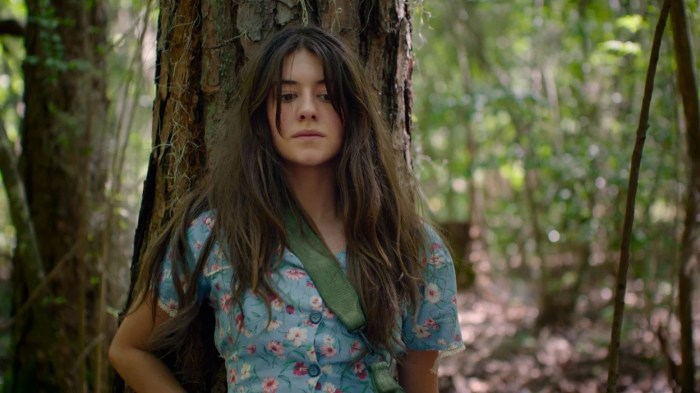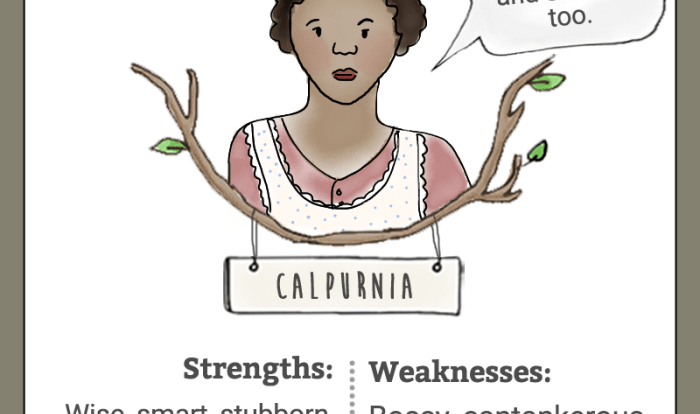Imagery in where the crawdads sing – In Delia Owens’ captivating novel “Where the Crawdads Sing,” imagery emerges as a vibrant and multifaceted force, shaping the narrative and immersing readers in the depths of the marsh and the complexities of the human experience.
Through vivid descriptions of the natural setting, Owens paints a rich tapestry that evokes a profound sense of place and connection to the environment. The sensory details employed create a multi-layered experience, drawing readers into the sights, sounds, smells, tastes, and textures of the marsh.
Imagery in Where the Crawdads Sing

Delia Owens’ novel, “Where the Crawdads Sing,” is renowned for its rich and evocative imagery that immerses readers in the untamed beauty of the North Carolina marsh. This imagery serves as a powerful narrative tool, revealing the inner lives of the characters, exploring profound themes, and adding depth to the novel’s message.
The Significance of Imagery in the Natural Setting
Owens’ vivid descriptions of the marsh and its ecosystem create a sense of place and immersion in the natural world. Through sensory details, she transports readers into the marsh’s tangled mangroves, teeming wildlife, and shifting tides. This imagery evokes a profound connection to nature, highlighting its beauty, resilience, and the fragility of life within it.
Imagery as a Tool for Characterization
The imagery in “Where the Crawdads Sing” also plays a crucial role in characterization. The descriptions of the marsh mirror the emotional states of the characters, particularly Kya Clark. The marsh’s isolation and wildness reflect Kya’s own loneliness and resilience.
Conversely, moments of connection and joy are often accompanied by images of vibrant sunsets or peaceful waters.
Imagery and the Exploration of Themes
Imagery contributes significantly to the development of the novel’s major themes. The marsh symbolizes both isolation and resilience, mirroring Kya’s struggle for survival and her search for identity. The recurring image of birds represents freedom and connection, contrasting with Kya’s isolation.
Through these images, Owens explores the complexities of isolation, resilience, and the human need for belonging.
The Power of Symbolism in the Imagery, Imagery in where the crawdads sing
The novel employs a rich tapestry of symbolic imagery. The marsh itself becomes a symbol of both sanctuary and danger, representing the duality of Kya’s experiences. Birds symbolize freedom and longing, while shells evoke vulnerability and protection. These symbols enhance the novel’s depth, adding layers of meaning and inviting readers to contemplate the significance of these objects beyond their literal presence.
Visualizing the Imagery: Artistic Interpretations
The evocative imagery in “Where the Crawdads Sing” has inspired numerous artistic interpretations. Photographers, painters, and other artists have captured the essence of the marsh and its characters through their works. These interpretations provide a visual representation of the novel’s imagery, allowing readers to connect with the story on a deeper level and appreciate its visual beauty.
Common Queries: Imagery In Where The Crawdads Sing
How does imagery contribute to the characterization of Kya Clark?
Imagery plays a crucial role in revealing Kya’s inner life and motivations. The descriptions of the marsh mirror her emotional states, reflecting her feelings of isolation, resilience, and longing for connection.
What are some of the recurring symbols in the novel and their significance?
The marsh, the birds, and the shells are recurring symbols that contribute to the novel’s overall meaning. The marsh represents both Kya’s refuge and her isolation, while the birds symbolize her freedom and connection to nature. The shells, found throughout the novel, serve as a reminder of Kya’s resilience and the enduring power of memory.



